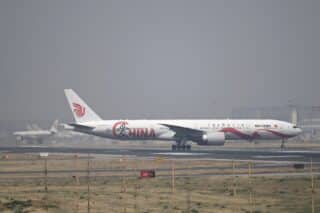Business groups have remained skeptical of claims made by the government that operations at the port of Manila have “completely normalized” and that congestion has been resolved.
The Semiconductor and Electronics Industries of the Philippines Inc. (Seipi), the Philippine Exporters Confederation Inc. (Philexport) and the European Chamber of Commerce of the Philippines Inc. (ECCP) have expressed reservations, pointing out that while there were improvements compared to the situation last year, it still remained to be seen whether this could be sustained at the start of the peak season in the second half of the year.
“While the port situation has improved with the utilization in the low to high 70 percent, I’m hesitant to conclude that congestion has been completely resolved until I see sustainability. Moreover, I don’t know how many more Philippine-bound containers are still backlogged in Kaoshiung, Singapore, Hong Kong and other ports outside Manila,” Seipi president Dan Lachica said in a text message yesterday.
Separately, Philexport president Sergio R. Ortiz-Luis Jr. noted that based on his talks with exporters, the congestion might have eased, but the problem persisted as trucking rates on their end, for instance, remained high, contrary to previous reports issued by the government.
“I have yet to find an exporter who can say that the congestion has already been resolved. Although it is true that the utilization has gone down from a high of 105 percent last year, it is now down to about 80 percent. But the ideal utilization should be around 60 to 70 percent,” Ortiz-Luis added. “We are now creating confusion as to what the real situation is.”
ECCP president Michael K. Raeuber said in a forum held Tuesday that they were cautious in endorsing that the problem of congestion, whose damage has reached “hundreds of millions of dollars,” considering that the country is in a lean season.
Transportation costs, Raeuber noted, remained high while productivity was still low. The group has yet to see how things play out in the second half of the year, considered a peak season, and if the additional facilities provided would indeed be enough to address the port congestion in Manila.



